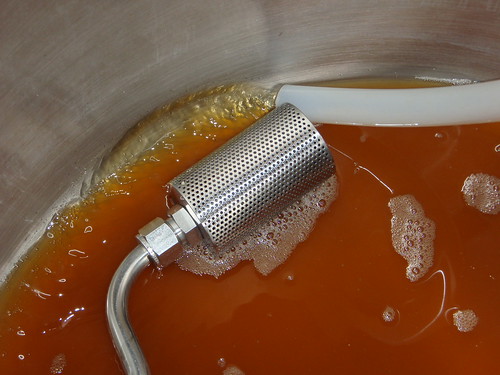PostModern
Iron Wolf Brewery
- Joined
- 9/12/02
- Messages
- 5,293
- Reaction score
- 8
Any other tips for enclosing the manifold?
Don't? The grain is a filter. A finer filter is not needed. Just recirculate the first runnings. In my system, I know I've f^*ed up if the wort is not bright when more than 2 litres of runnings is collected. Just a generic copper pipe with slots manifold. I dunno about this mesh bag stuff you blokes are on about. If you have a need for them, you're doing something wrong.










